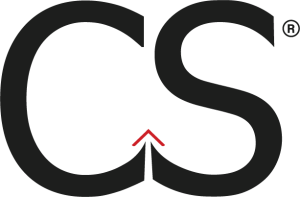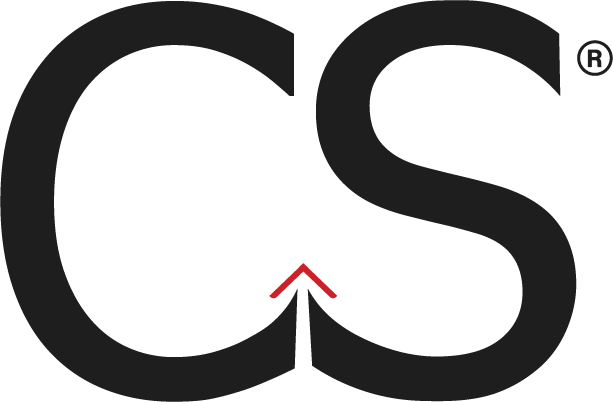This decision often reflects their financial strategy and market conditions. Conversely, dividend cuts can damage investor confidence leading to a decrease in stock prices. A dividend can take the form of a one-time special dividend or as an ongoing cash dividend to investors and owners. The form of these payments must be approved by the company’s shareholders. The dividend yield is the percentage of the stock price that is paid back to shareholders each year.
A high-value dividend declaration can indicate that a company is doing well and has generated good profits. However, some may interpret it as an indication that the company does not have much going on in the way of new projects to generate better returns in the future. The company may appear to be using its cash to pay shareholders instead of reinvesting it into growth. When a company announces a dividend, it also announces the payment date on which the dividend will be paid into the shareholders’ accounts.
While the dividend represents a direct source of income, the dividend yield gives an indication of how attractive a share is compared to its current price. The method of dividend payment depends on the preferences of the company and the choices available to shareholders. It is important to know the specific dividend policy of each company in order to select the preferred method. An example of a dividend is cash paid out to shareholders out of profits. For example, AT&T has been making such distributions for several years, with its third-quarter issue set at $2.08 per share.
What The One Big Beautiful Bill Act Will Mean For You And Your Business
It is important to know that stock dividends are not a form of income in the traditional sense, but more often a psychological tool. That makes the company attractive to investors and may help it to raise additional funding in the future. They are paid out of corporate earnings directly to shareholders, who then have an opportunity to reinvest them. Typically, dividends are taxable to the shareholder who receives them unless they are in a tax-advantaged account such as a Roth IRA. A dividend yield is a percentage that compares a company’s stock price to the dividend it pays.
Dividend stocks do not offer the same security of principal as savings accounts, though. If you hold assets for one year or less, any capital gain at sale or disposal is considered short-term and generally taxed at your ordinary income tax rate. If you hold assets for more than one year before disposing of them, your capital gain is considered long-term and is taxed at rates of up to 20%. However, high dividends also indicate a limitation in the company’s ability to invest in expansion and growth. Nevertheless, the market interprets generous payments as a positive signal. Another pattern is that mature companies tend to pay higher dividends than growth companies.
- ETFs that hold the S&P500 index currently have a yield of around 2%.
- Learn financial statement modeling, DCF, M&A, LBO, Comps and Excel shortcuts.
- It is one of several metrics investors will use to determine if a stock is profitable.
- Ally Invest®’s self-directed cash account has no minimum balance requirement, making it an attractive option for those dipping their toes into the market for the first time.
Dividends for Mutual Funds and ETFs
If you buy the stock the day after the ex-date, you won’t get the upcoming dividend payment; you’ll have to wait for any future ones. The payable date is the date on which the dividend is actually sent to the owners. More specifically, common shareholders are contractually restricted from receiving dividend payments if preferred shareholders receive nothing.
- For publicly-listed companies, dividends are frequently issued to shareholders at the end of each reporting period (i.e. quarterly).
- Get instant access to video lessons taught by experienced investment bankers.
- This provision is referred to as the pass-through entity deduction or the Section 199A deduction and is set to expire at the end of 2025, thanks to the TCJA.
- You can calculate the free cash flow from the income statement by subtracting capital expenditures from the operating cash flow.
- The following diagram shows the methods of dividend payment that exist.
Therefore, growth companies are only suitable for investors whose financial goals do not include generating passive income. The main types of dividends include cash dividends, stock dividends, and special dividends. Each type varies in how it rewards shareholders, with cash being the most common. A property dividend is a dividend payment where a company distributes statistically sound machine learning for algorithmic trading of financial instruments non-cash assets, like real estate or inventory, to shareholders.
Dividend Yield Difference
A dividend is the portion of a company’s profit that is paid out to its shareholders. If you own a share in a company, you are a shareholder in that company. If the company is successful and makes a profit, it may decide to distribute some of that profit to its shareholders – this is the dividend. Dilution is a downside of a stock dividend if the company’s net income does not increase proportionately. It is important to note that Covid-19 led the company to cut the payment for the first time since the World War II.
What Is Dividend Yield?
It is kind of like the yield on a bank account, it’s what you get paid for keeping your money invested in the stock. There is no fixed upper limit for the dividend, but the company must ensure that it still has sufficient funds for ongoing operations and future investments after the distribution. Ultimately, the amount of the dividend is decided and approved at the Annual General Meeting. By calculating the dividend yield, investors can make informed decisions about buying or selling shares based on the expected dividend payments.
What are the Pros/Cons of Dividends vs. Stock Buybacks?
Consumer non-cyclical stocks, such as utility providers, are considered to be the leaders in terms of yield. Dividends can impact share prices positively by attracting income-focused investors. However, when a dividend is cut or eliminated, it may lead to a decline in stock value. In another scenario, Company DEF may issue a scrip dividend due to a temporary cash flow issue, promising to pay an INR 1 per share dividend in six months.
Over time, dividend-paying firms tend to outperform non-dividend-paying firms. There are many reasons why dividends are thought to be positive, the main one being the “Bird in Hand” argument regarding dividend policy. Plus, certain countries treat the money made from dividends at a more positive tax rate than everyday income. Major established companies tend to offer more dividend stocks as they have an interest in maintaining and growing shareholder wealth in ways other than normal share price growth.
What types of companies offer dividends?
Because they often own dividend stocks, mutual funds and exchange-traded funds (ETFs) may distribute dividend payments to their shareholders. If you own an ETF or mutual fund, you’ll receive your portion of the fund’s dividend income based on the number of shares you own and the company’s representation in the fund. An S&P 500 fund, for example, might pay a dividend yield of 1.77% while some companies within the S&P 500, like Kohl’s, offer dividend yields above 13% (more on yields below). A dividend is a reward paid to the shareholders for their investment in a company, and it is usually paid out of the company’s net profits. Some companies continue to make dividend payments even when their profits don’t justify the expense. A steady track record of paying dividends makes stocks more attractive to investors.
Tax is another important consideration when investing in dividend gains. Investors in high tax brackets often prefer dividend-paying stocks if their jurisdiction allows zero or comparatively lower tax on dividends. For example, Greece and Slovakia have a lower tax on dividend income for shareholders, while dividend gains are tax-exempt in Hong Kong.
Dividends Meaning
The issue of double taxation often arises in the case of dividends. Then, investors pay tax on the portion of profits they receive as dividends. However, their dividends cannot be recognized as ‘qualified’ dividends. They must choose between potential capital gains from stock price increases and immediate dividend income. Sectors like technology and biotechnology often focus on growth investments. During times of economic stress, the dividend might create a sort of floor underneath a stock that keeps it from falling as far as non-dividend-paying companies.


